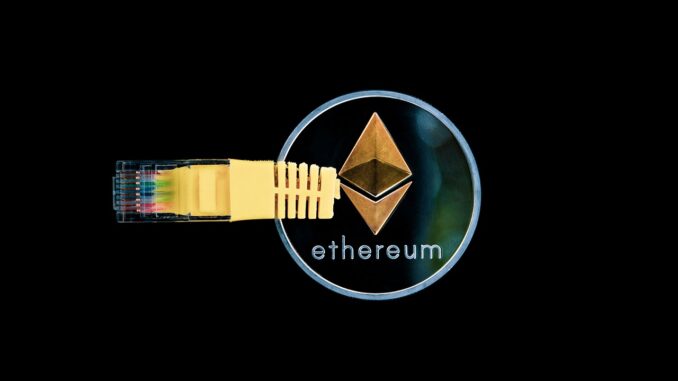
Ethereum’s layer 2 solutions have been gaining traction in recent months as users seek to escape the high fees and congestion of the main network. Layer 2 protocols are designed to increase scalability and throughput by moving transactions off the main chain and onto a secondary layer, where they can be processed faster and cheaper.
However, only some people are happy with the layer 2 boom. Some critics argue that layer 2 solutions compromise the security and decentralization of Ethereum and create fragmentation and complexity for users and developers. In this blog post, we will explore some of the pros and cons of layer 2 solutions and how they affect the crypto ecosystem.
Pros of Layer 2 Solutions
– Lower fees: One of the main benefits of layer 2 solutions is that they reduce the cost of transactions, which can be prohibitively high on the main chain. For example, according to L2 Fees, the average fee for a Uniswap swap on Arbitrum, a popular layer 2 protocol, is $0.16, compared to $23.64 on Ethereum.
– Higher throughput: Layer 2 solutions also increase the number of transactions that can be processed per second, which improves the user experience and enables more use cases. For instance, according to L2 Beat, Arbitrum can handle over 4,000 transactions per second, while Ethereum can only handle around 15.
– More innovation: Layer 2 solutions allow developers to experiment with new features and functionalities that are not possible or feasible on the main chain. For example, Optimism, another layer 2 protocol, supports optimistic rollups, which enable near-instant finality and compatibility with Ethereum smart contracts.
Cons of Layer 2 Solutions
– Reduced security: Layer 2 solutions rely on assumptions and trade-offs different from the main chain, which may affect their security and reliability. For example, some layer 2 protocols use centralized validators or operators, who can censor or manipulate transactions. Moreover, some layer 2 protocols require users to wait for a certain period before withdrawing their funds from the secondary layer to the main chain, which exposes them to risks such as hacks or frauds.
– Less decentralization: Layer 2 solutions also reduce the degree of decentralization and interoperability of Ethereum, as they create separate networks with different rules and standards. For example, some layer 2 protocols use different virtual machines or programming languages than Ethereum, which makes it harder for developers to port their applications across different layers. Furthermore, some layer 2 protocols have their own tokens or governance mechanisms, which may create conflicts or competition with Ethereum.
– More complexity: Layer 2 solutions also add more complexity and friction for users and developers, who must deal with multiple interfaces, wallets, bridges, and networks. For example, users must pay gas fees on both layers and monitor the exchange rates and liquidity between them. Additionally, users must trust and verify the correctness and validity of the transactions on the secondary layer, which may require additional tools or knowledge.
Layer 2 solutions are a promising way to improve the scalability and usability of Ethereum, but they also come with some drawbacks and challenges.
As more users and developers adopt layer 2 solutions, it is important to weigh each protocol’s benefits and risks and ensure that they are compatible and complementary with Ethereum’s vision and values.








